
Washington DC 20001
Pet and Animal Information
Adopt a Pet: Kittens Now Available | Dog-Friendly Areas: Crispus Attucks Dog Zone
Pet Resources: City Paws Animal Hospital | Green Pets: Pet Food & Supply
Adopt Rescued Cats and Kittens

Buttons
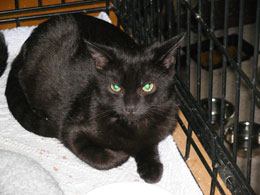
Abby

Butter

Russell
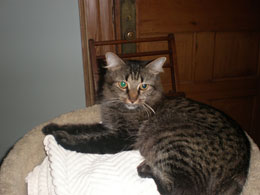
Paris

Boots
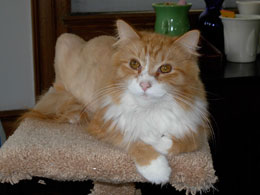
Peanut with a lion cut.

Parker

Penny
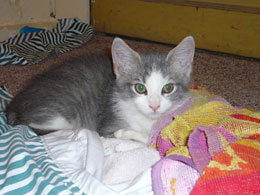
Jonah
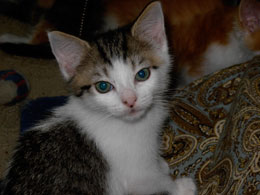
Snacks
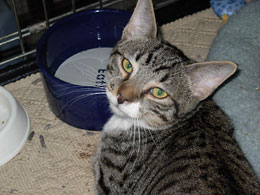
Gi Gi
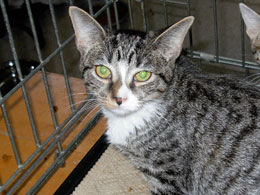
De De

Taylor
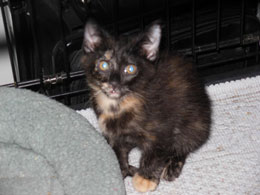
Darby

Tiny
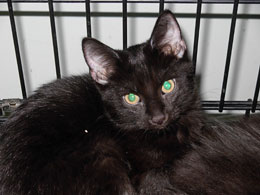
Randolph

Georgia

Tyler
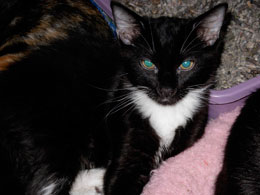
Shep
Kittens and Cats Available
If you know of anyone who is considering adopting a kitten or cat, please forward this message. And, better yet, if you are interested in adopting any of these kittens, please contact Emily at emily@bloomingdaledc.org.
Click here to view more photos (opens in new window).
[September 4, 2009]
Feral Cats - Trap, Neuter, and Release Programs
Feral cats are the offspring of domestic cats and are primarily the result of pet owners' abandonment or failure to spay and neuter their animals, allowing them to breed uncontrolled. Feral cat "colonies" can be found throughout our neighborhood in alleys, parks, and abandoned buildings. They are elusive and do not trust humans.
Left unmanaged, feral cat populations in a community can grow very quickly. For example, a pair of breeding cats can have two litters of kittens per year. Studies have shown that trap-neuter-release is the single most successful method of controlling and stabilizing healthy feral cat colonies with the least possible cost to local governments and residents, while providing the best life for the animals themselves.
Trap-neuter-release programs use humane box traps to catch feral cats. They are then spayed/neutered by licensed veterinarians in the city at a reduced cost, and released back into the colony from where they were trapped.
You will know if a cat has been part of a trap-spay-release program if its left ear is "tipped." (During the spay/neutering process the tip of a feral cat's left ear is cut-off to create a visual sign that this animal is no longer contributing to a community's overpopulation problem.) For more information about caring for a feral cat colony or about trap-neuter-release programs, please visit:
http://www.washhumane.org
http://www.alleycat.org
http://www.feralcatproject.org
http://www.avma.org
http://www.ddal.org
If you are caring for feral cats in or around Bloomingdale, and you are interested in getting assistance with a trap-neuter-release effort, there are several neighbors who may be able to help. Many Bloomingdale neighbors have participated or volunteered in city-wide trap-neuter-release programs. If you would like more information about controlling the population of a feral cat colony or assistance with trap-neuter-release efforts, please contact Emily at emily@bloomingdaledc.org.